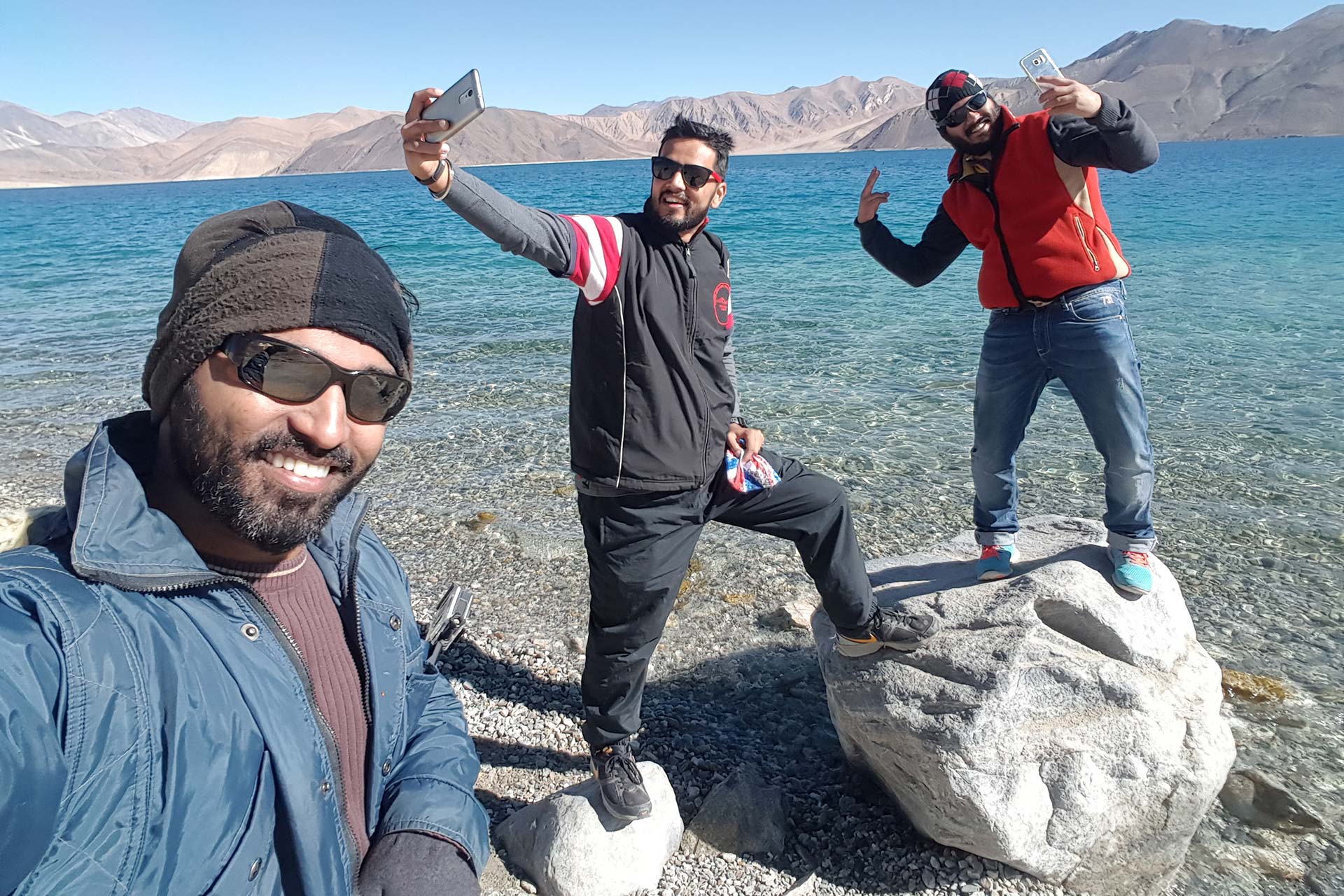
All regular travelers, will agree to this wonderful statement, which was penned over 1500 years ago. I’m glad that we brothers, decided to finally execute our long-standing wish of traveling to Ladakh by road, all the way from Mumbai. (Thane, to be precise). An unforgettable journey of 6053 kms, spanning 7 states and 1 Union Territory, over 18 adrenaline pumping, thrilling, heady days.
There are various options to reach Ladakh. The fastest one is to fly in to Leh, the capital of Ladakh. Not recommended for 2 reasons- (a) Chances of Altitude Sickness as you suddenly land at 11,500 feet above sea level, and (b) You miss out on some ‘out-of-this-world’ locations, which will only be seen on a road trip.
To arrive by road, there are 2 routes- one via Manali (Manali-Jispa-Sarchu-Leh), and the other via Srinagar (Srinangar-Kargil-Mulbek-Leh).
The Srinagar option is the best, as you gain altitude gradually, and also get to visit Kargil and the alienist landscape of Lamayuru (Moonland), en route.
Unfortunately for us, that road was closed, and so we planned our journey via Manali. As they say, beggars cannot be choosers.
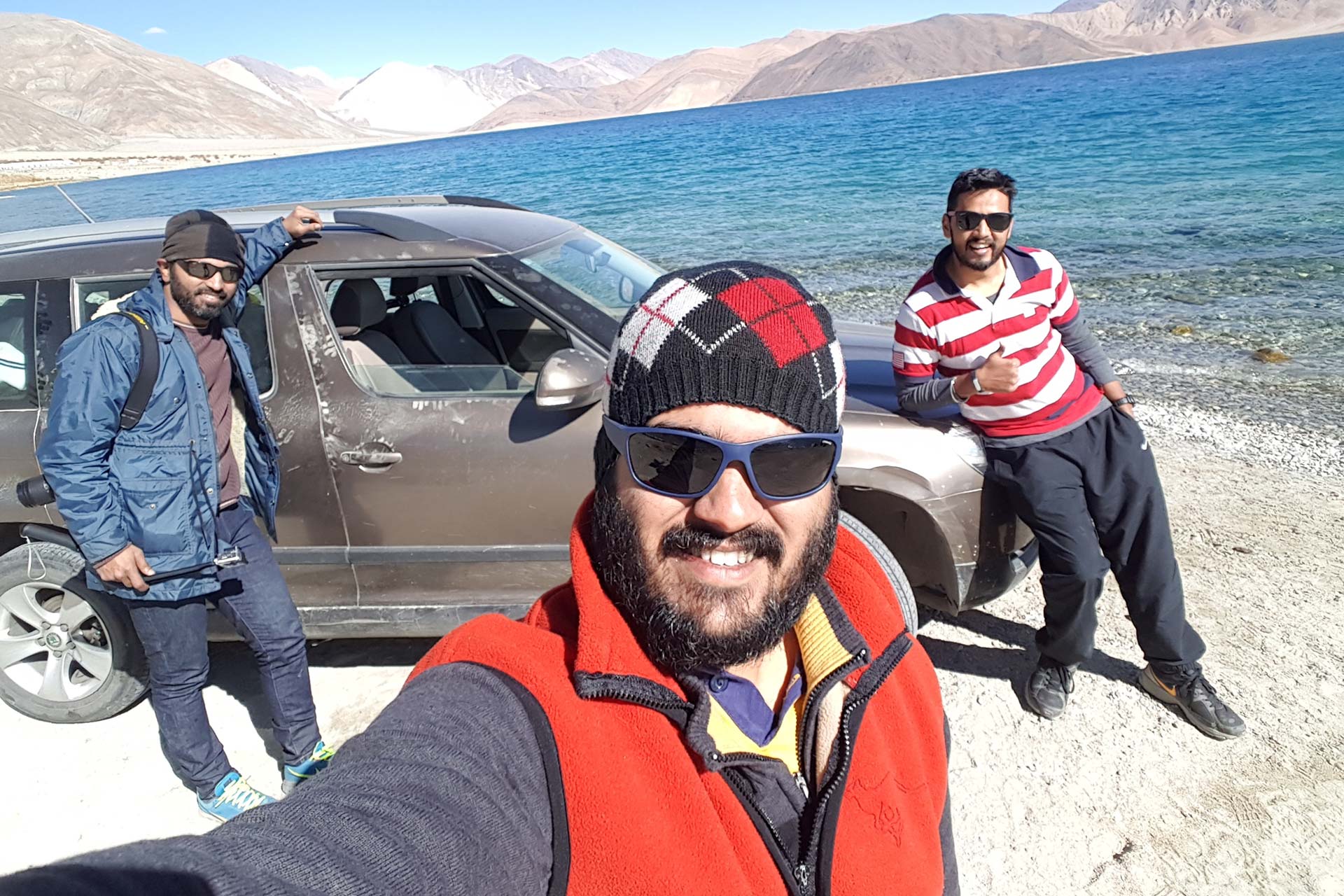
This is such a relative term…depends on what is your target. For a regular family guy, June-August works best. The climate is pleasant, most of the roads are opened up by the BRO (Border Roads Organisation), and the vibrant Hemis festival can be enjoyed during this time.
If you’re an adventure junkie who prefers solitude, wants to interact with locals, and a white Ladakh with a ‘Chadar’ on the Zanskar is on your wishlist, then head to Ladakh between December and February.
We chose the end of the tourist season, as we wanted motorable roads, but also wished to avoid locations swarming with tourists. Started off from Mumbai on 17th Sept and reached Leh on the 22nd. Took us that long, as we visited Amritsar, for Golden Temple and Wagah Border, along the way.
From rickety lodges, to tented campsites, from simple homestays to luxury hotels… and everything in between, Ladakh has all on offer.
It is advisable to check on the hotel of your choice before you set off. Some may be pre-booked, others may be decided on the go.
At Leh, we stayed at Hotel Gawaling, which was quite passable, and honestly, a bit overpriced. The staff and manager were super hosts though. Very helpful, and informative. The best option at Pangong Tso is, undoubtedly, Pangong Resort. At our last two destinations viz. Tso Moriri and Tso Kar, we had very limited choices. We chose Tso Moriri Lake View and Tso Kar Eco Resort, humble places with warm beds and lip-smacking food- served piping hot.
For more options, see Useful links*
Three crazy petroheads – Vishal, Saheer and yours truly, had decided on this epic trip over a number of months of intense discussion and debate. All 3 of us are married with kids, so sensitising our families towards the significance of this trip- what it meant to us boys, why we simply needed to do it, and how it would be perfect just for boys to be going :p, were challenges that had to be surpassed first. And we did that with flying colours…hence this article vrooms it’s way to you.
Our Skoda Yeti was going to be the perfect companion for this audacious attempt. Although ours is 4×2, she has never let us down, even where there are virtually no roads. Dozens of blogs were researched, hundreds of chats and mails were exchanged, calls to riders and drivers who had been there-done that. And specifically for me, information about the amazing wildlife and birding opportunities that this cold desert has on offer.
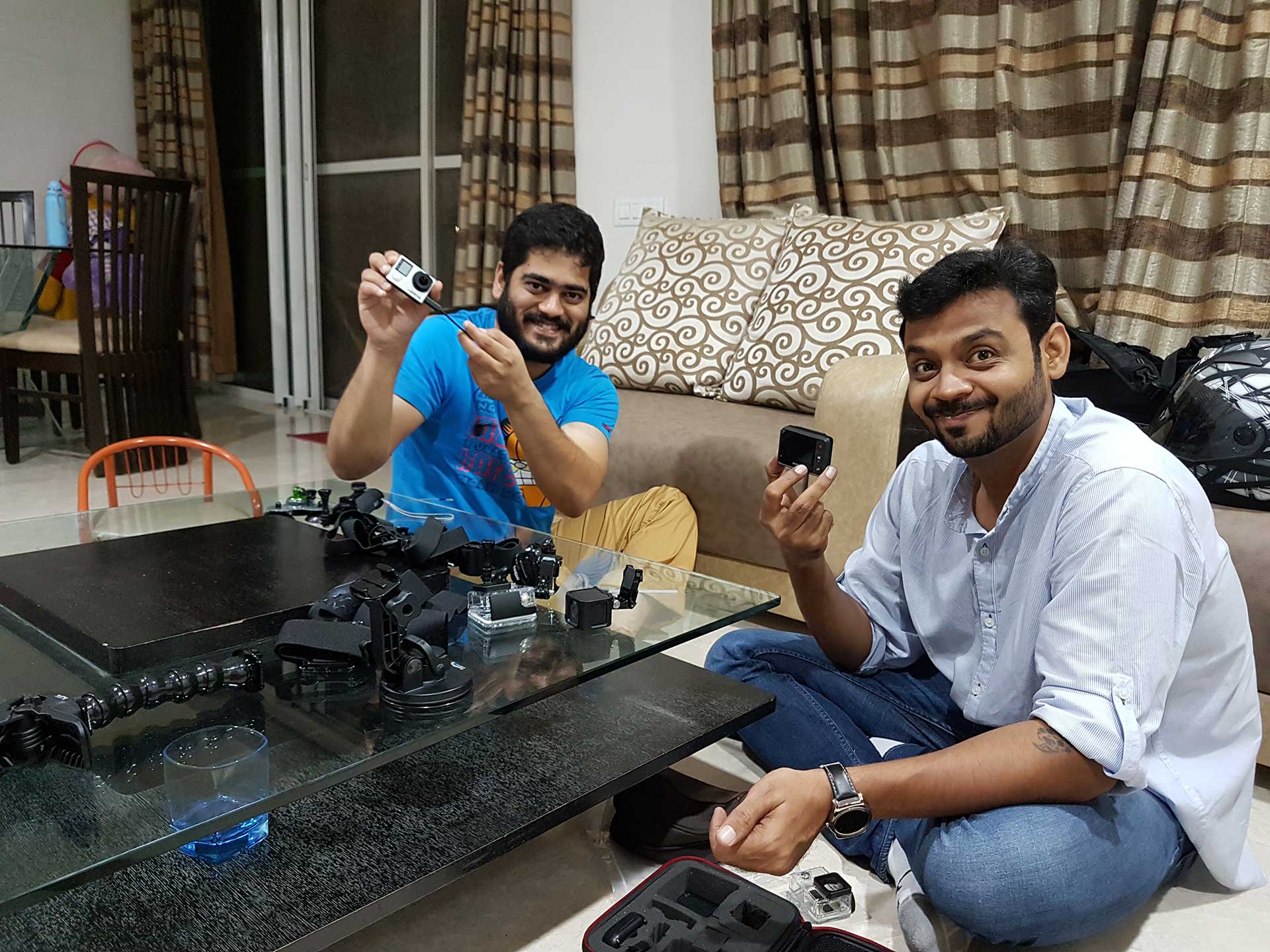
The various lists we prepared on the Keep app were for-Gadgets, Attire, Medicines, Car essentials and Sundries. It’s a great app for creating your probable itinerary and journey log too. Strongly recommend you to download and use this one. Another wonderful app is Splitwise – it is a must if you want to split expenses with friends on a trip.
Early morning on 17th Sept, we set off From Thane at 5 am. Our Yeti was loaded to the hilt (travelling light is something that we are yet to learn). Clothes, more clothes, snacks- mostly home made, extra can of diesel, and a very big camera bag…apart from the 3 occupants.
There’s a kick in starting off early from a city, you zip through all the otherwise crowded areas in a jiffy, and are on the highway at top speed. Chai stops are a must, and are essential pit stops on a long drive. Driver change happened every 3-4 hrs, and so a decent speed was maintained. We planned to reach Leh, via Ajmer-Amritsar-Manali-Jispa route.
Mountains…
The plains were full of rolling green fields, trundling tractors, puttering pumps, and vibrant Punjabi locals. A thick, creamy lassi before we left Punjab was a given, and we gulped down a tall glass before we started the climb. After a while, the hills started with the Hoshiarpur section, and tall lofty peaks were seen in the distance as we neared the bustling town of Kullu. The mighty Beas river was our constant companion through this leg.
The famous Rohtang Pass was also crossed, and we could now see those thrilling Himalayan peaks looming ever close.
Surprisingly, it wasn’t as cold as expected, when we checked into Ibex Hotel, Jispa. (10,500 feet) This is a good place to stay, as it is adjacent to the highway, on the banks of the Bhaga River.
22nd Sept – The most arduous part of our trip was coming up. We endeavored to cover 330 kms from Jispa to Leh, in a single day. Something we won’t advise the faint-hearted. The road upto Sarchu is almost non-existent, and you drive at an average speed of 20 kmph. The healthy suspension of the Yeti proved to be a big relief. The checkpost at Darcha is a compulsory stop, where all tourists have to register.
After breakfast, we laboured to Barlacha La (16,500 ft), where we started experiencing the altitude just a bit. Both Bhaga and Chandra rivers originate from the melting snow on either sides of this pass.
Sarchu is a military base on way, and has a police check post, where we had to register again. It also marks the end of Himachal Pradesh, and The Ladakh region of J & K starts here. The crazy Gata Loops were further down this road. These loops are a continuous section of 22 hairpin bends, that also elevate your altitude by a cool 500 metres.
Post lunch, as we climbed up to the Tanglang La (17,480 ft), we were hit by a bout of AMS- Acute Mountain Sickness, like a bolt from the blue! The whole world was spinning, our heads- especially the rear part, felt numb and leaden. Breathing was difficult, and we were feeling nauseous. Everything seemed fuzzy at that altitude, and as it had also started snowing, the mercury had dipped suddenly. We were still crazy enough to get down for 2 minutes, and shoot a quick V-log. It was very tempting to slow down, and rest a wee bit. But, we didn’t allow ourselves that luxury, because all informative blogs had advised against it, expressly. What a herculean task it was to keep going! Finally, we saw the road descending, and within the next 15 minutes, we were 1000 ft lower, and were breathing much easier!
The road through the Moore Plains, a plateau after the passes, was zip, zap, zoom. We sped across this stretch, often at speeds of 100 kmph, and finally arrived at Leh around 9 pm.
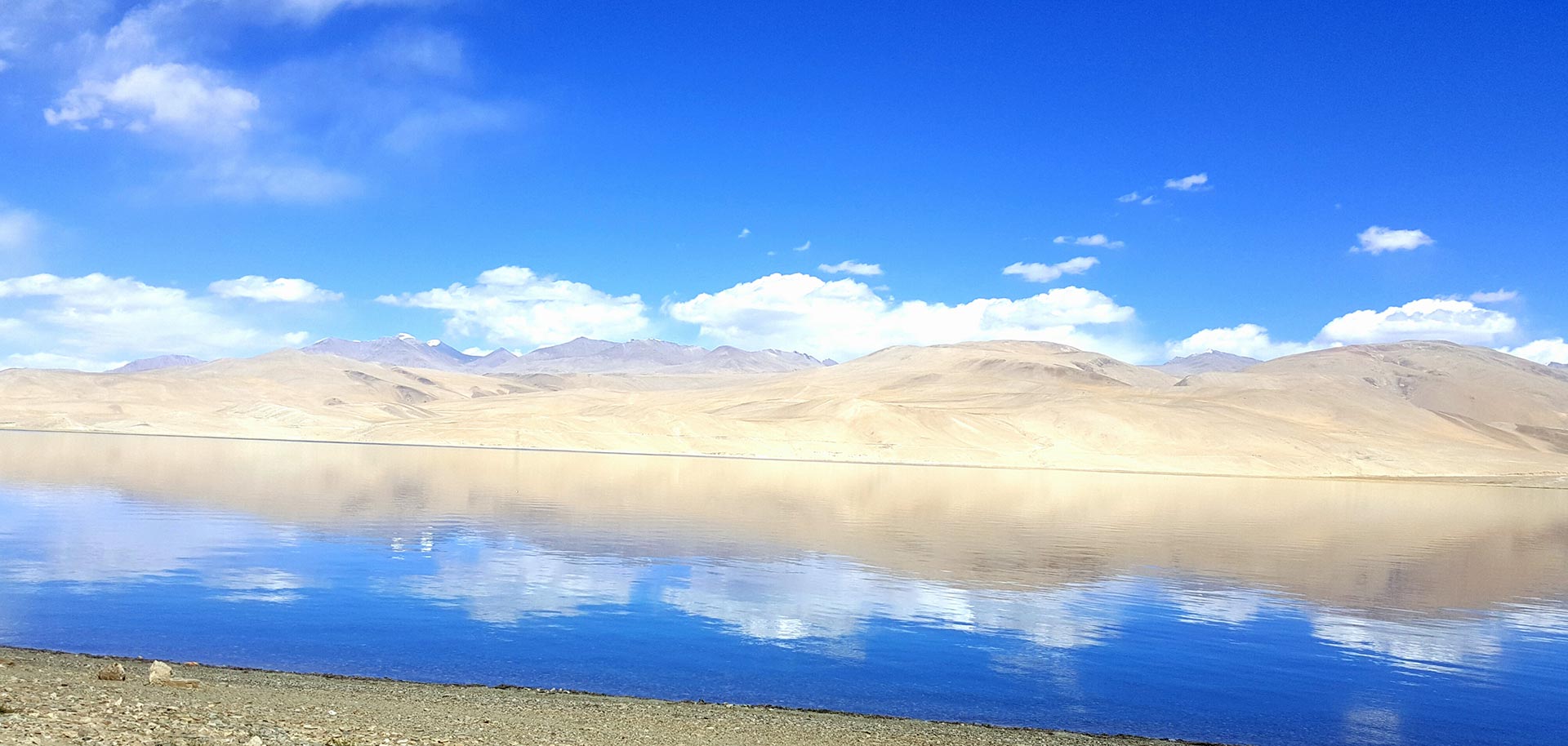
This high altitude desert, has some stunning landscapes of myriad varieties. Add to that the bluest skies you’ll ever see, mighty rivers, monasteries steeped in history, rich birdlife and wildlife, and most importantly the warm and friendly Ladakhis…it’s undoubtedly, the Land of Gods.
23rd Sept – We kicked off our local sightseeing with a visit to ‘Hall of Fame’ created by the Indian Army. Hair-raising exploits of our brave armed forces are mentioned here, along with ammunition and the snow suits that protect them from the harsh climate.
The ‘Leh Palace’ was next- an imposing 9 storeyed structure, modeled on the famous Potala Palace of Tibet, built in the 17th century. Sadly, it lies in ruins today, and the restoration work appeared shoddy and myopic. Wonderful bird’s eye view of the city from here.
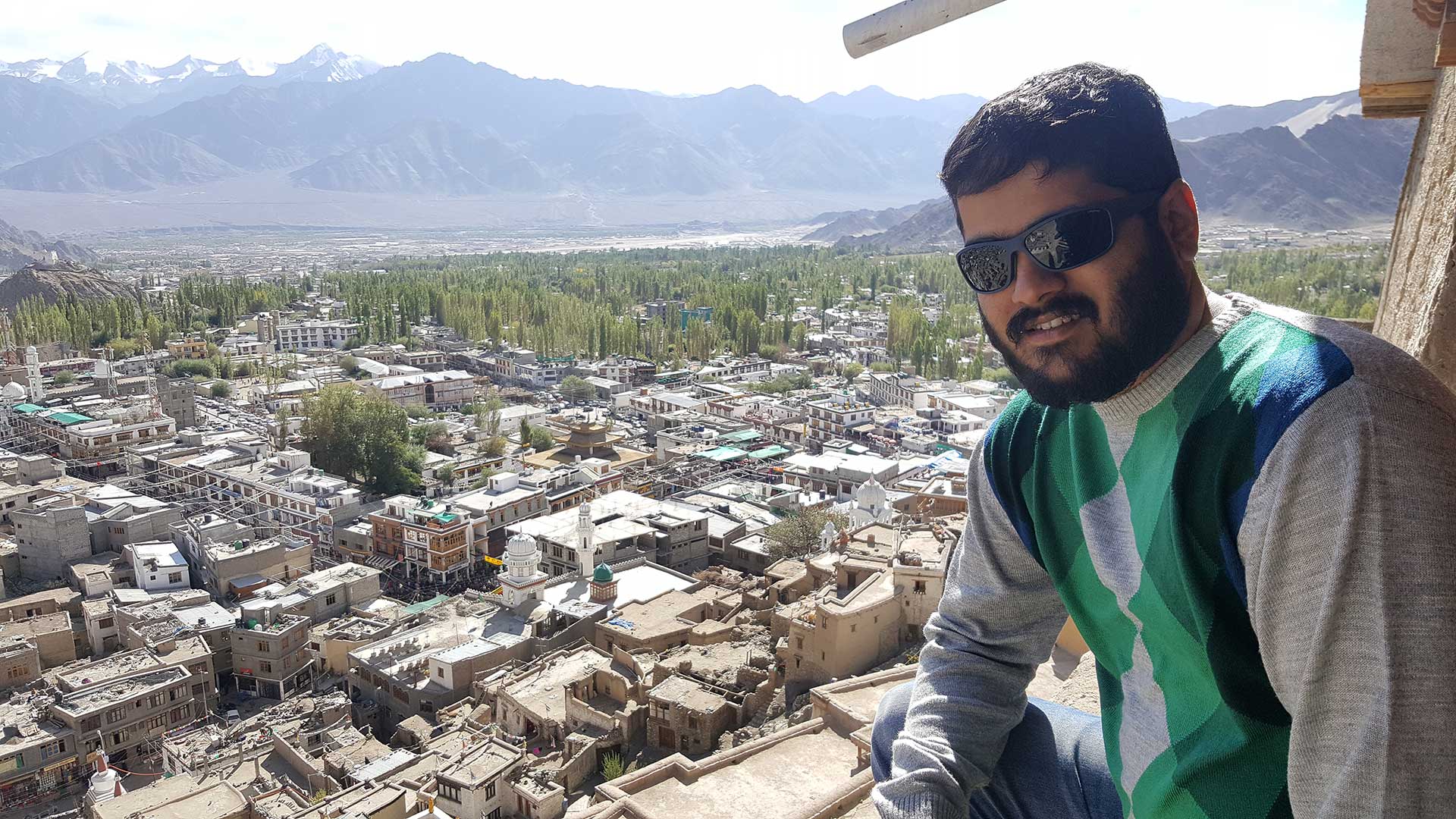
An hour’s drive from Leh, the ‘Sangam Point’- a confluence of Indus and Zanskar rivers. One can clearly see the 2 rivers merging, owing to the difference in coloration. Quite a spectacle! On way back, we stopped at Magnetic Hill- a “gravity hill”. The layout of the area creates an optical illusion such that vehicles appear to roll uphill, in defiance of gravity.
Another interesting stopover on way back was the Gurudwara ‘Baba Patthar Saheb’. An amusing legend is associated with this name, which I won’t spoil for you. We enjoyed the yummiest ‘Karah Prasad’ (sacred pudding) ever tasted in any Gurudwara till date.
24th Sept – Proceeded to Nubra Valley. Crossing the Khardung La- the world’s highest motorable pass (18,380 ft), was the high point. It was very windy, and at 2.5 deg, bone-chilling! Still, a V-log and selfies were a given. A signboard warned visitors not to stay for more than 20 minutes, as it could lead to serious health complications. A Chukar Partridge family spotted by Vishal, on a winding sloping road, was awesome. This bird was a lifer for me.
Just before Nubra, we enjoyed an ATV ride on the sand dunes, and also captured some stunning images by a shallow roadside pool. Bactrian camel ride is fun, and we had fun doing this at Hunder.
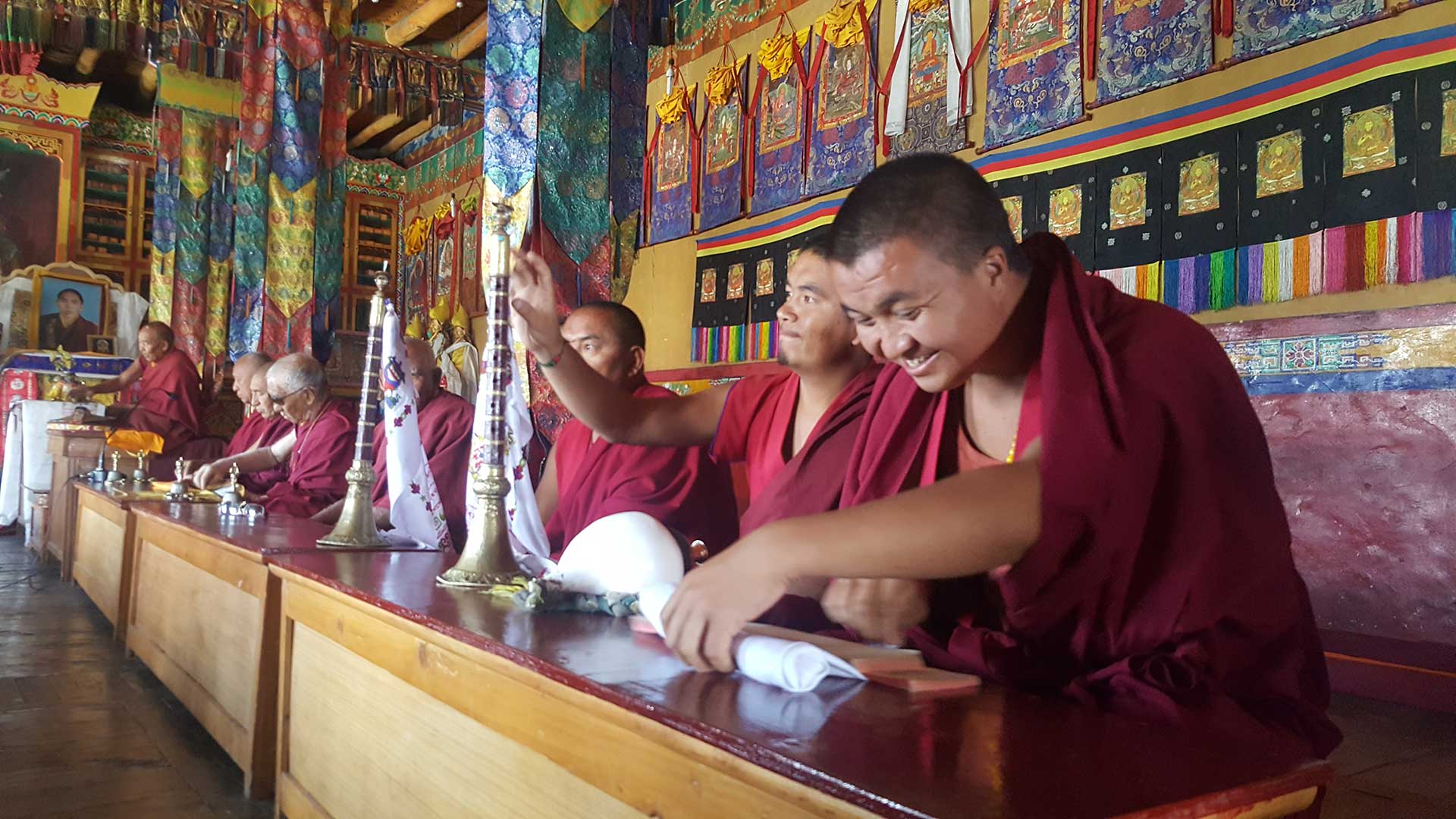
25th Sept – The sleepy lanes of Diskit, the chirping of a hundred birds, and fluttering butterflies all have an old world charm. Off we went to the 14th century, Diskit monastery. Every monastery has it’s own style of architecture, and a schedule of prayers that is followed strictly. We were lucky to be there at the time of morning prayers, peacefully chanted by a dozen monks. A 32 metre statue of Maitreya Buddha towers over the landscape, on a hill adjoining the monastery.
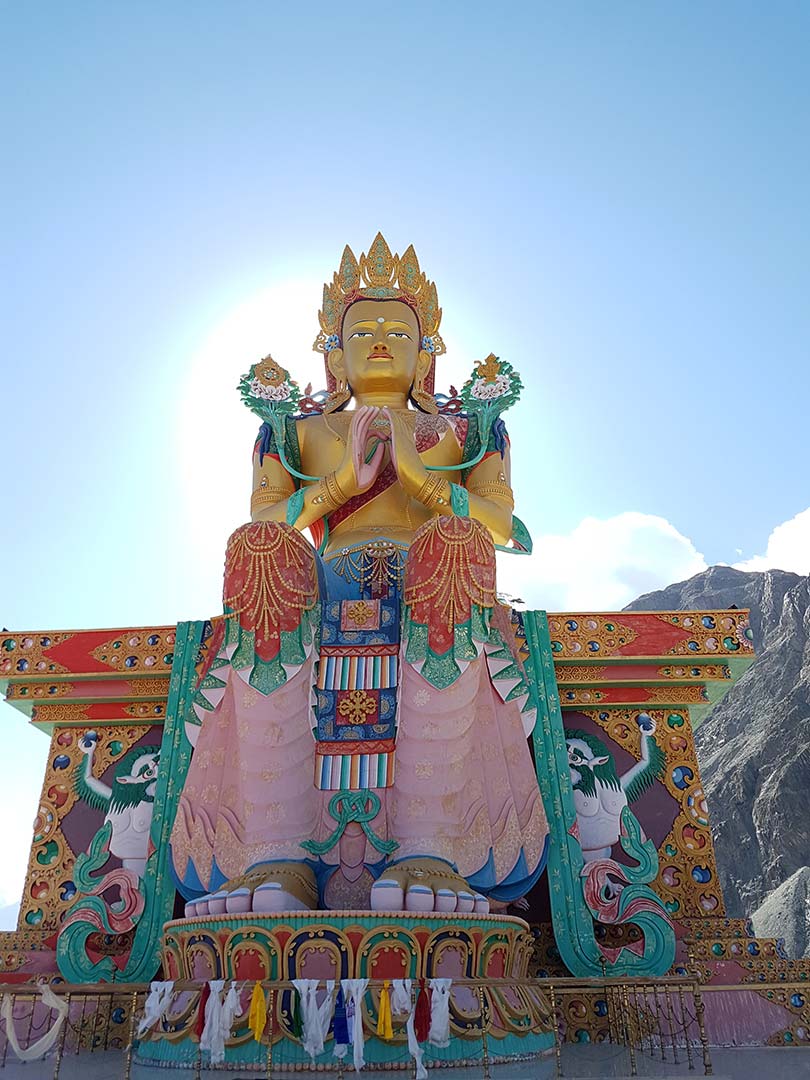
A road trip is all about enjoying whatever comes your way- expected as well as unexpected. Since we were running late for Pangong, a lunch stop was skipped. Instead, we rolled some theplas brought from home, and had them on the go. To avoid the Chang La, we took an adventurous detour- via Aagam, along the Shyok river. We literally drove over the river bed (only open when the waters recede), so roads didn’t exist at all. We were driving over pebbles and boulders almost all through. It was almost dark, by the time we reached Spangmik village on the shores of the pristine Pangong Tso. It was biting cold, and I suffered from my second bout of AMS inside our tent. It felt as if someone was trying to squeeze my lungs out. Everytime I tried to sleep, it felt as if I was being smothered. Very bad time, honestly. I only felt better when I was administered some oxygen the next day.
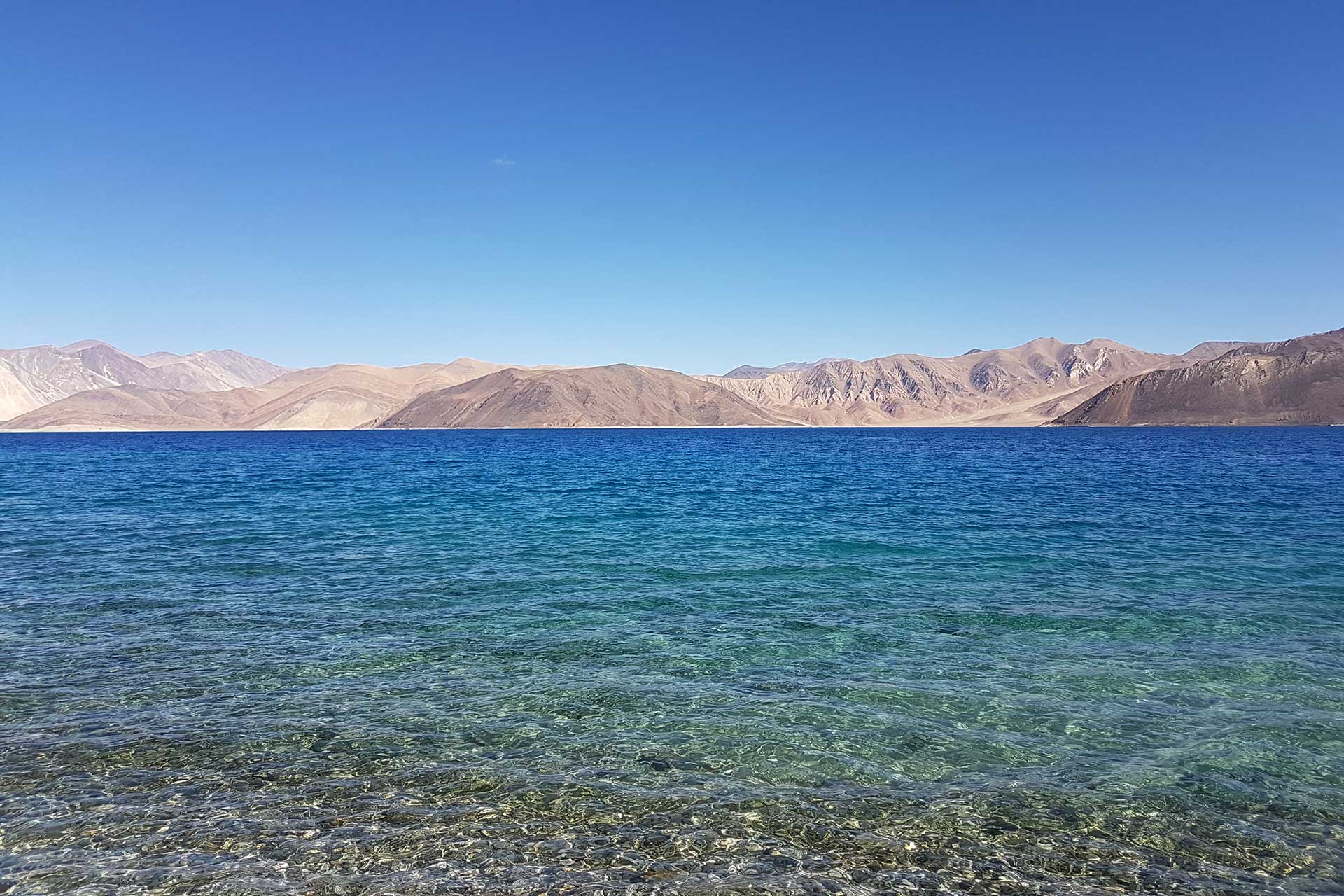
26th Sept – Nothing, I repeat, nothing prepares you for the visual treat called Pangong Tso. You might have seen hundreds of images, and might have read a bagful of blogs about it…the experience of feasting your eyes on this water body, it’s various shades of blue, navy blue, aquamarine, green, turquoise, and even brown and red at times- turns even the most poetic ones, speechless. It is the largest lake in the Himalayas (130 km long), at an altitude of 13,900 ft. The name Pangong is derived from the Tibetan word, Banggong co-meaning ‘enchanted, long, narrow lake’ . The cool breeze, the gentle waves, the flight of feathered friends, and the sound of silence-all provided a heady mix. We spent around 3 hrs, photographing the lake from various angles, and with a variety of gadgets. Surely, a destination you must visit, before you die.
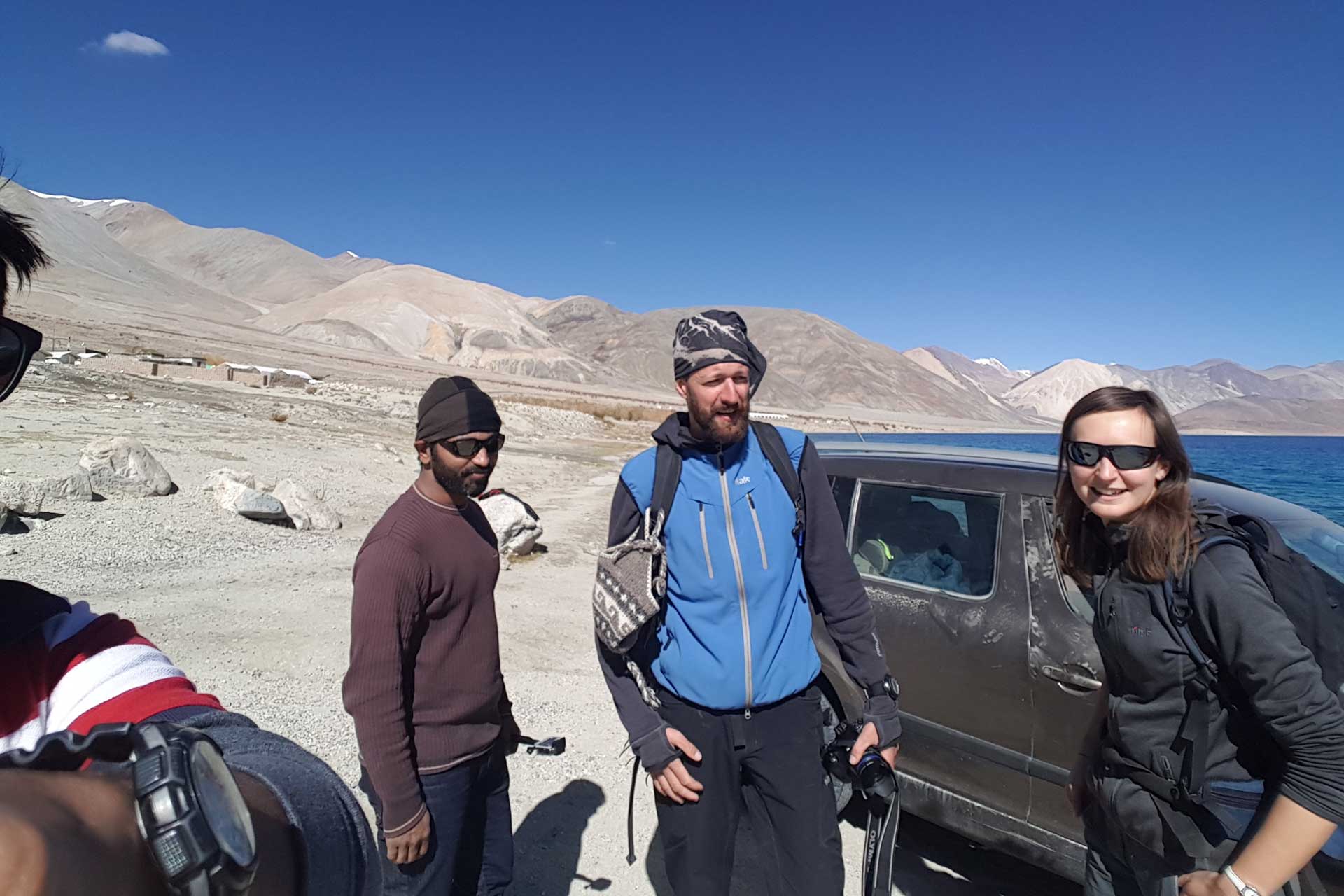
A Czech couple excitedly came around to chat, when they saw our Skoda. They were so happy to hear that we drove that far, in a trusted car with Czech origins. Yo, we love the Yeti!
On our way back to Leh, we visited Hemis Monastery, supposedly the richest in India. They had recently hosted the ‘Himalayan Kumbh Mela’, and so there were additional decorations and lights put up, which only added to it’s grace.
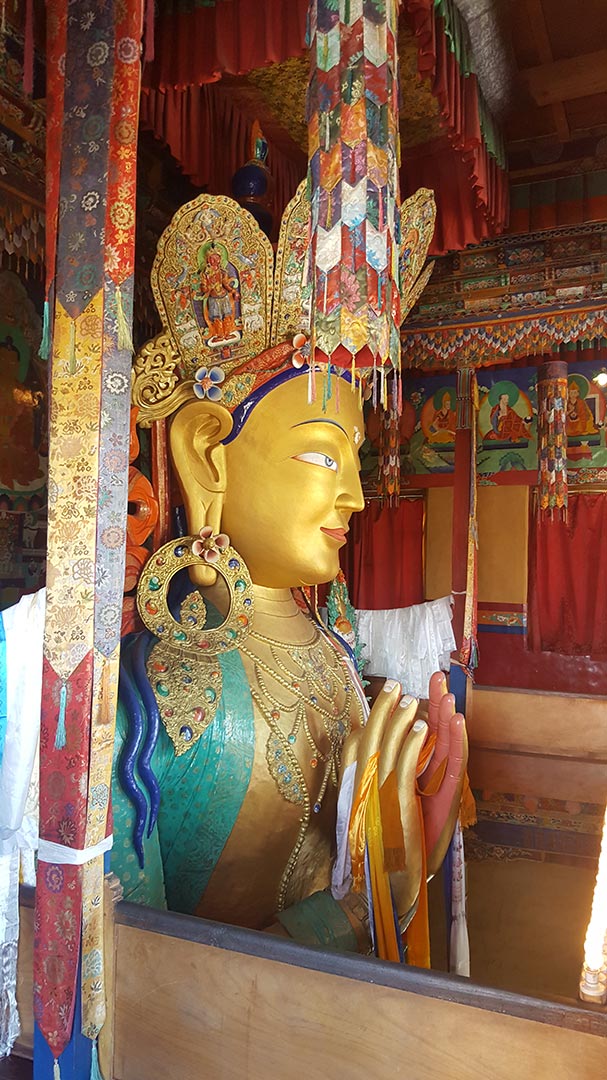
27th Sept – A quick visit to the famous Shanti Stupa at Leh, and another stopover at Thiksey Monastery, we were off to the remotest destinations – Tso Moriri and Tso Kar (Tso means lake), around 250 kms from Leh. Talking to policemen and locals at some of the check posts was quite a revelation. They were so eager to speak to us and know more about our journey. By the time we veered off the tar roads, and onto the dusty roads closer to Tso Moriri, we started having doubts about the path. Of course, the offline map was showing that we were on track. But, there was a premonition that we might end up somewhere else. A good Samaritan stopped his car, and guided us all the way up to Korzok, on the shore of the lake. Checked into the hotel, wolfed down food, and we crashed. It was super cold.
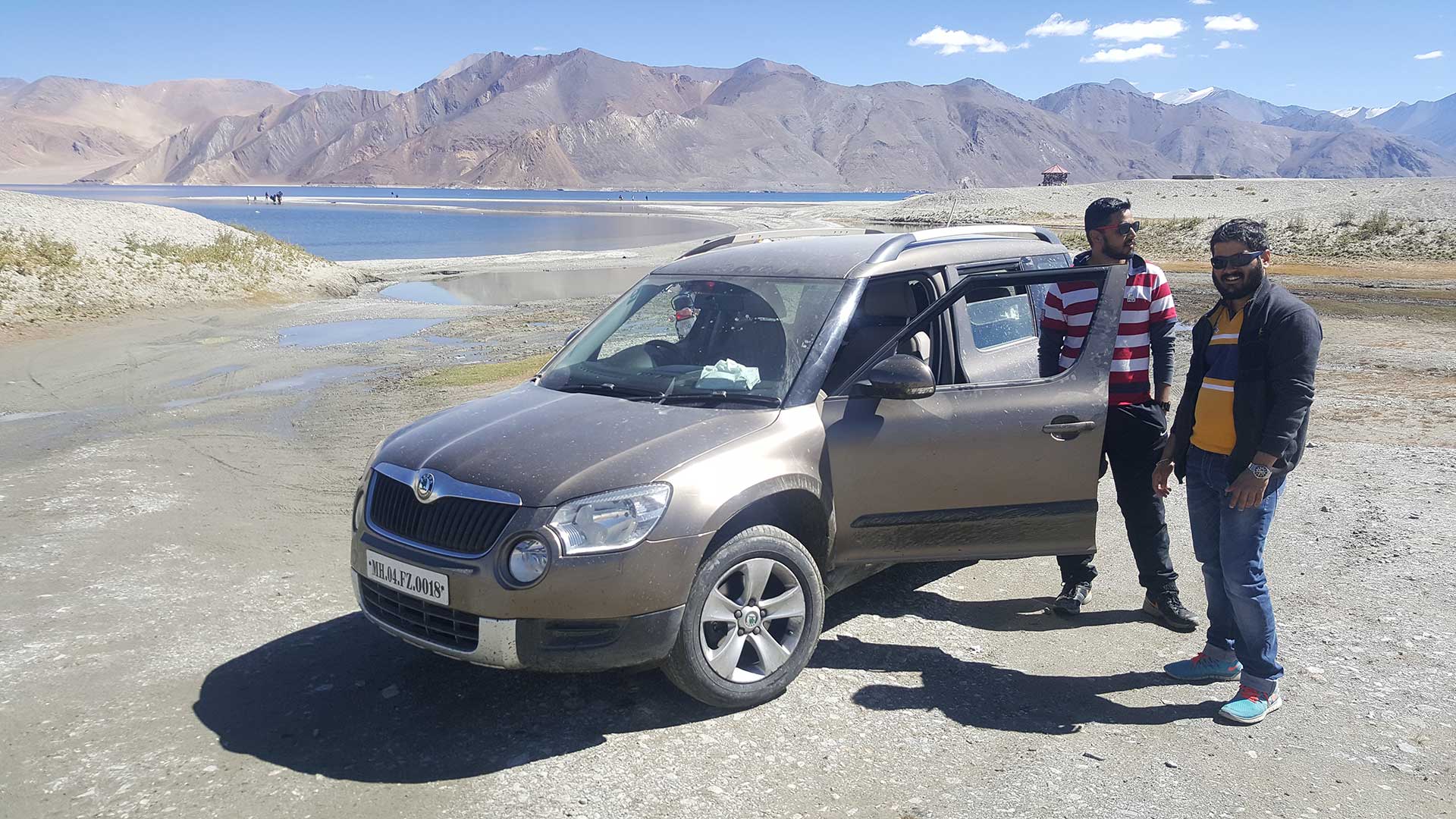
28th Sept – What an awesome day! The very reason we were travelling to Tso Kar, which was not even considered by regular tourists, was the Black-necked Cranes, Wild Ass, Wolf and a variety of endemic birds and lesser mammals. And boy, were we blessed beyond imagination. We spotted not one, but 8 marmots in a colony on way. Another cute little fellow was the Himalayan Pika, and the bird list grew richer by a large number on this route. Since the roads were so bad, we were forced to go dead slow, and hence the increased sightings! And at night, just before we reached Tso Kar, a Himalayan Wolf raced past us, and then kept staring straight into our bright torch. Thrilling!!!
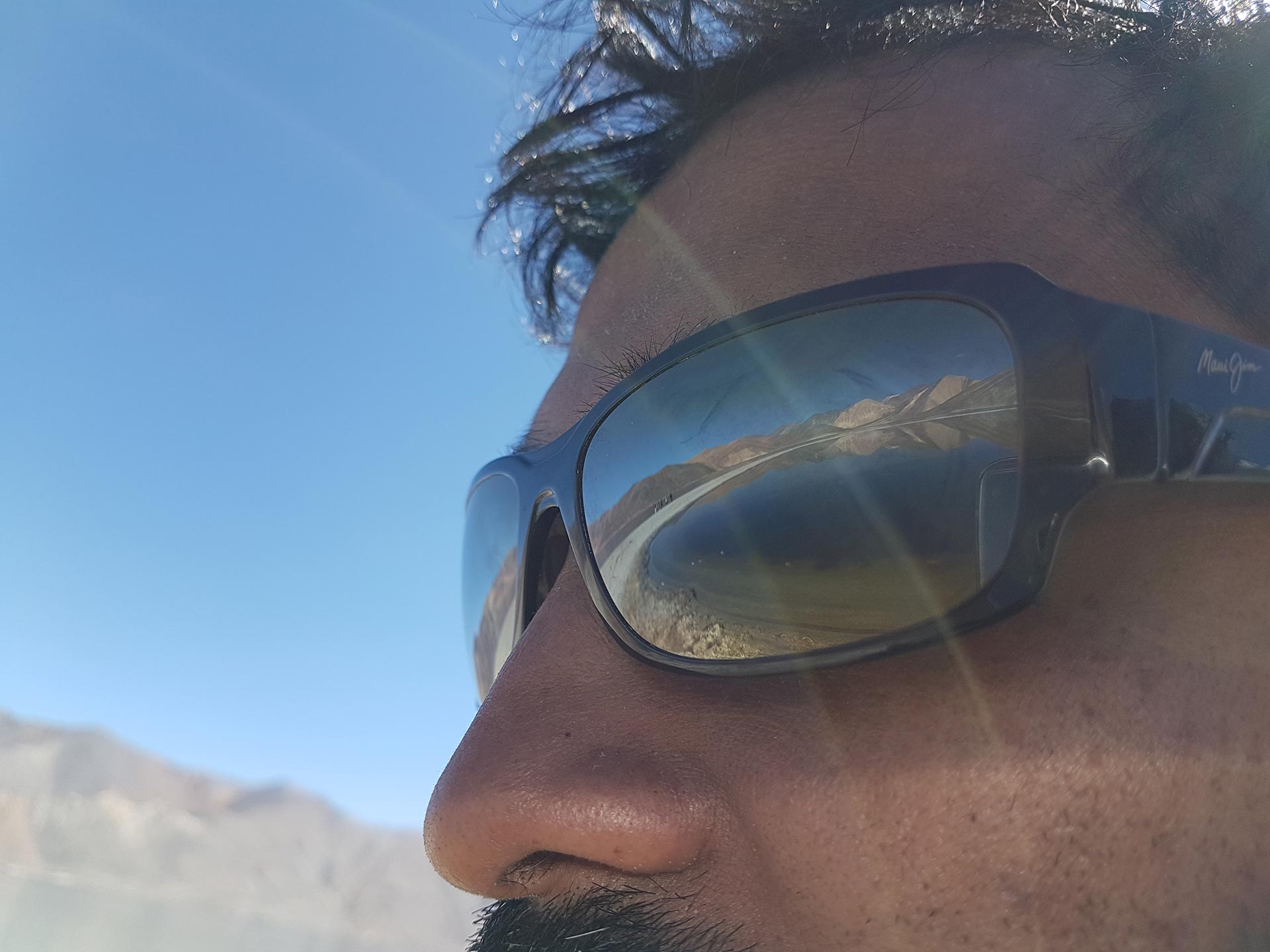
29th Sept – Our last day in Ladakh. We woke up to see frost on our car, which meant that the mercury had dipped below zero at night. At 7 am, the temperature gauge showed 2 degrees, and we had to keep the engine running, till it reached a healthy 6 degrees. After a decent round of birding around the lake, we finally set off on our return journey. Largely, we got superb roads, all thanks to the BRO (Border Roads Organisation). Off we went via the Moore Plains, Gata loops et al, all the way to Jispa.
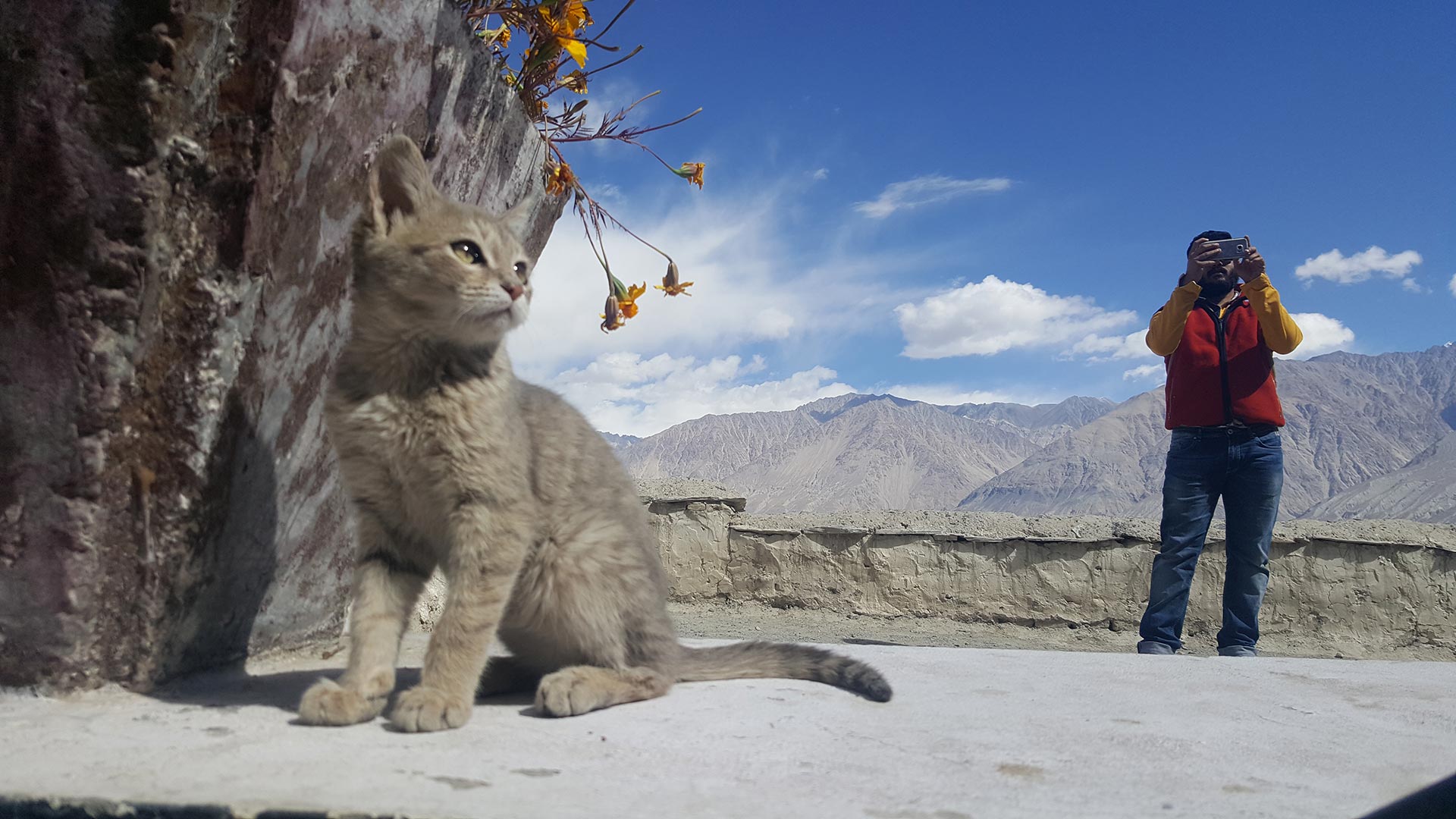
From Jispa, we headed for a refreshing 2 day break at Kasol, and then back to pavilion via Chandigarh and Udaipur.
Thus ended an unforgettable trip…a journey which may not be all that rare nowadays, but it will be forever special for us. The chills and thrills experienced during our Ladakh Road Trip will always hold a special place in our hearts. We may end up doing road trips all over the world, but this will always be remembered as “the first one.”
https://www.tripadvisor.in
https://www.lehladakhhotels.com
https://www.wikipedia.org http://devilonwheels.com/most-common-itinerary-for-leh-ladakh/
https://wanderwisdom.com/packing-prep/how-to-plan-leh-ladakh-trip
